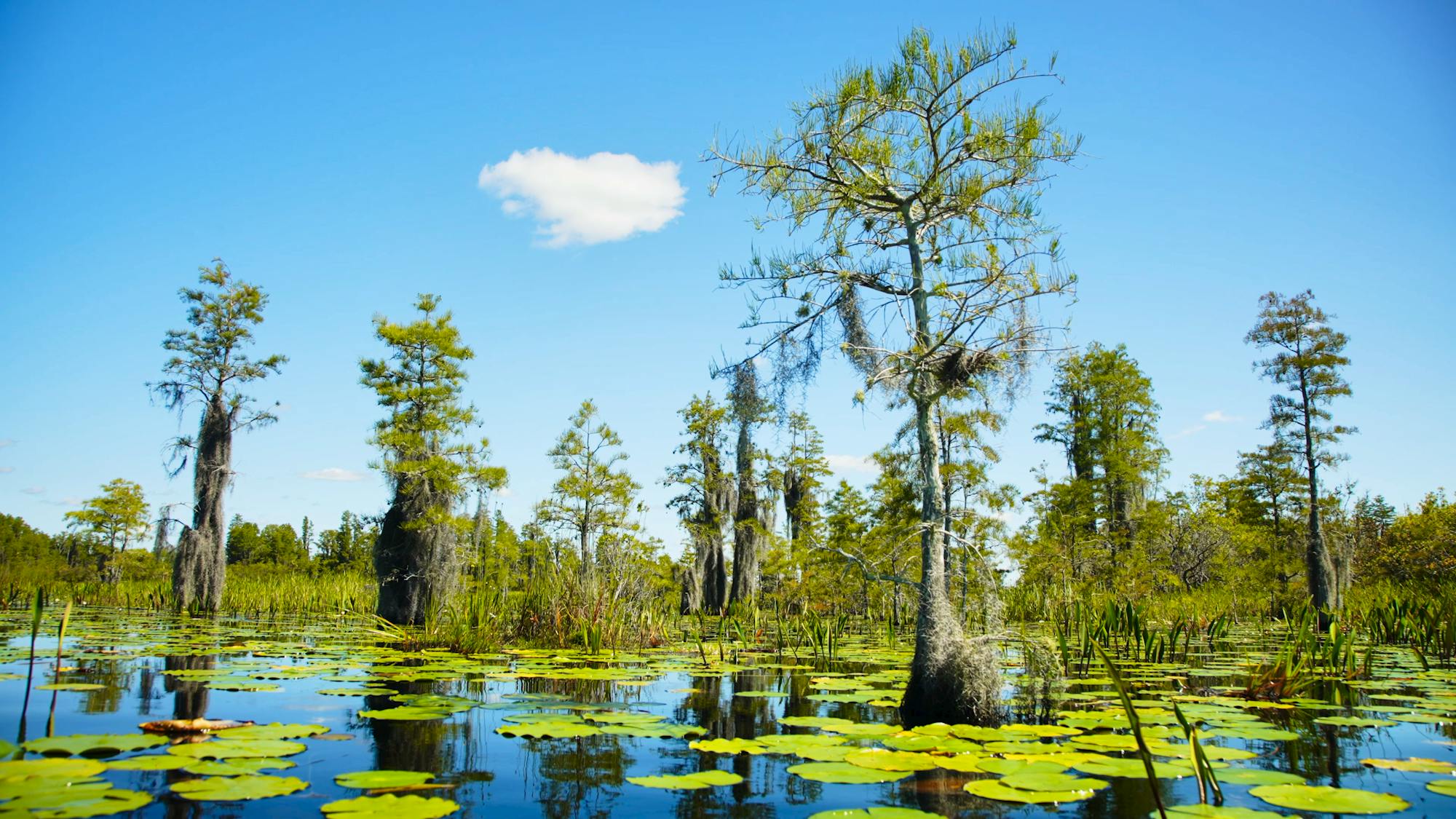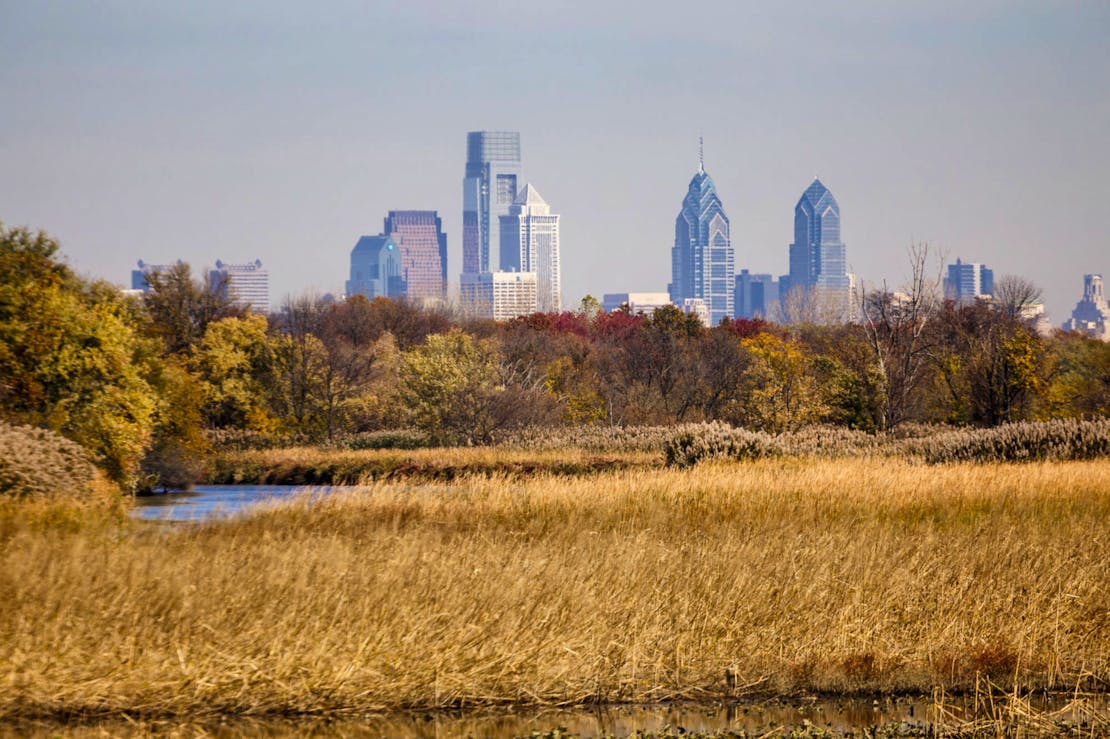About the Wildlife Refuge System
Of all the public lands systems in the U.S., the National Wildlife Refuge System is the largest, spanning all 50 states and vast areas of ocean. From tundra and tallgrass prairie to swamps and coastline, the System protects roughly one third of the species listed under the Endangered Species Act and is the only set of public lands managed primarily for protecting imperiled species such as the Red Wolf, the musk ox and other wildlife that define our American heritage.
Threats to the Wildlife Refuge System
Despite these superlatives, the System is chronically underfunded and operates on a threadbare budget, depriving those tasked with protecting wildlife the resources they need. Congress appropriates funds to the Refuge System for various purposes including wildlife and habitat management, planning and visitor services. While the National Park System typically receives billions of dollars, the Refuge System, lacking the same congressional recognition and stature, always receives far less.
The most recent Omnibus spending bill was no different. The Refuge System received just over $0.5 billion - the lowest funding allocation out of all the public lands systems. Against the backdrop of hundreds of overdue comprehensive conservation plans - to guide restoration and management - the loss of more than 1,000 staff over the past decade, and decaying infrastructure, the funds can do little more than keep the System barely functioning.
According to recent surveys, Americans want that to change.
Saving the Wildlife Refuge System
To properly maintain refuges, 80% of voters support investing $1.5 billion into the Refuge System annually. These sentiments were shared across political parties, geography and community types, reinforcing the Refuge System’s broad support. For their ability to protect iconic species, as well as water quality, and provide public access to nature, the same percentage of voters also support the creation of new refuges.
To that end, Defenders has prioritized advocating for high-value areas such as a potential Southwest Florida Conservation Area, which could protect 74 listed species, including the Florida panther, on rural lands threatened by rampant development pressure. An expansion of the John Heinz National Wildlife Refuge (NWR) would also help restore the Tinicum Marsh (an important wetland area) and mitigate community flooding, while sheltering thousands of migratory birds.
From the mighty Arctic Refuge (which is roughly the size of South Carolina), to the diminutive Pelican Island, refuges safeguard ecosystems both big and small, pristine and in a state of recovery.
Once denuded of vegetation, restored longleaf pine forests on St. Marks NWR, for instance, now support endangered red-cockaded woodpeckers. The Rocky Mountain Arsenal NWR, silhouetted against the backdrop of the Denver skyline, protects bison and black-footed ferrets on the site of a decommissioned chemical weapons production facility. Over 50 refuges have also been created for endangered species, such as the Florida panther and Attwater’s prairie chicken.
Taken together, the Refuge System offers a valuable antidote to the climate and extinction crises—but only if properly supported. It’s time for Congress to fully invest in the System, on a scale that meets the challenges of our time, for the benefit of wildlife and people alike.






